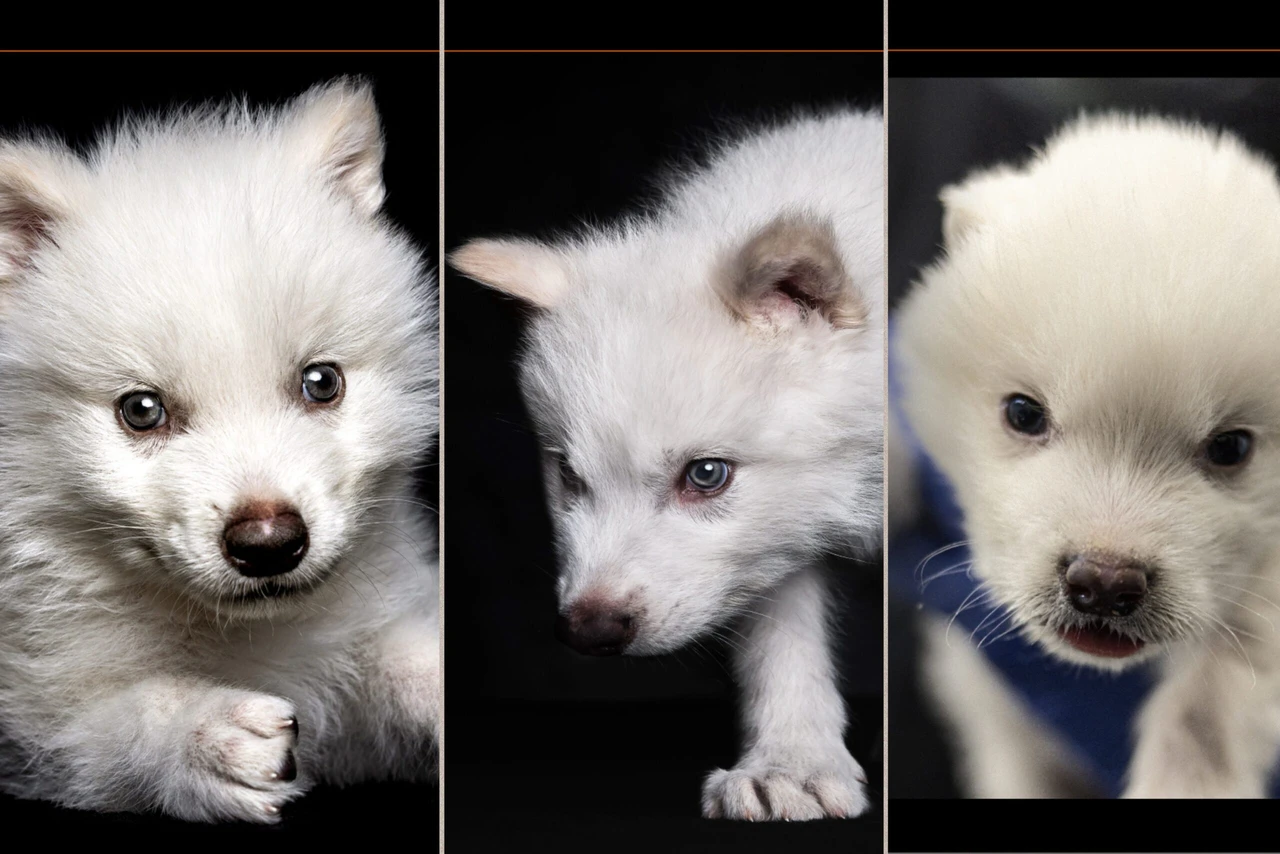Ordinary objects in Tutankhamun’s tomb reveal hidden role in ancient Egyptian rituals
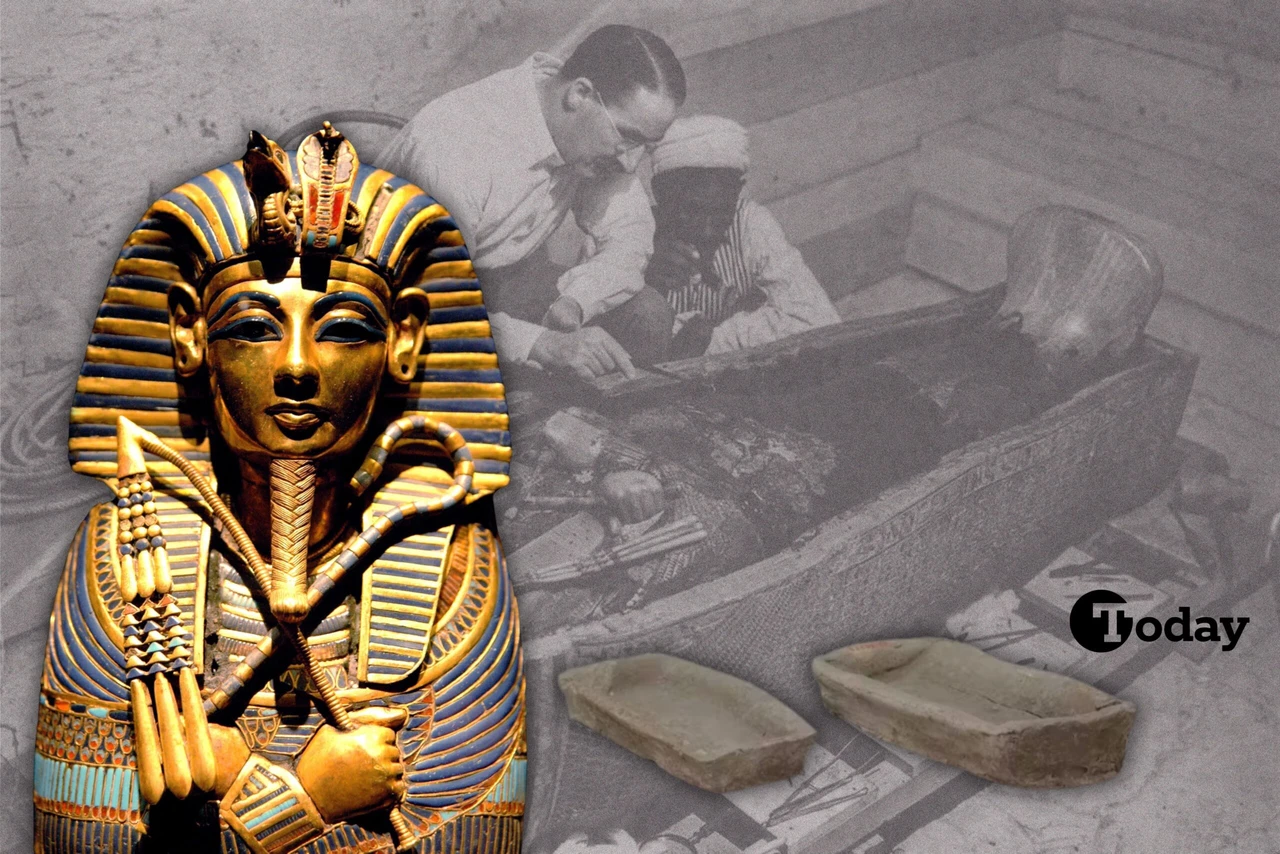 Photo collage of Tutankhamun, clay trays, and the opening of his tomb. (Photo collage of Türkiye Today team)
Photo collage of Tutankhamun, clay trays, and the opening of his tomb. (Photo collage of Türkiye Today team)
More than a century after British archaeologist Howard Carter opened the sealed tomb of Tutankhamun in Egypt’s Valley of the Kings, scholars are still unlocking its secrets.
A new study published in the Journal of Egyptian Archaeology reveals that a set of plain-looking clay trays—once dismissed as utilitarian—were in fact essential elements of the funerary ritual designed to ensure the young pharaoh’s transformation into a divine being in the afterlife.
Tomb full of treasures, meaningful mysteries
The tomb of Tutankhamun, who died around the age of 19, has captivated the world for decades thanks to its incredible wealth of golden treasures.
Yet among the lavish artifacts lie humble clay objects just 7.5 centimeters long, so simple that they were long overlooked in the wider analysis of the burial.
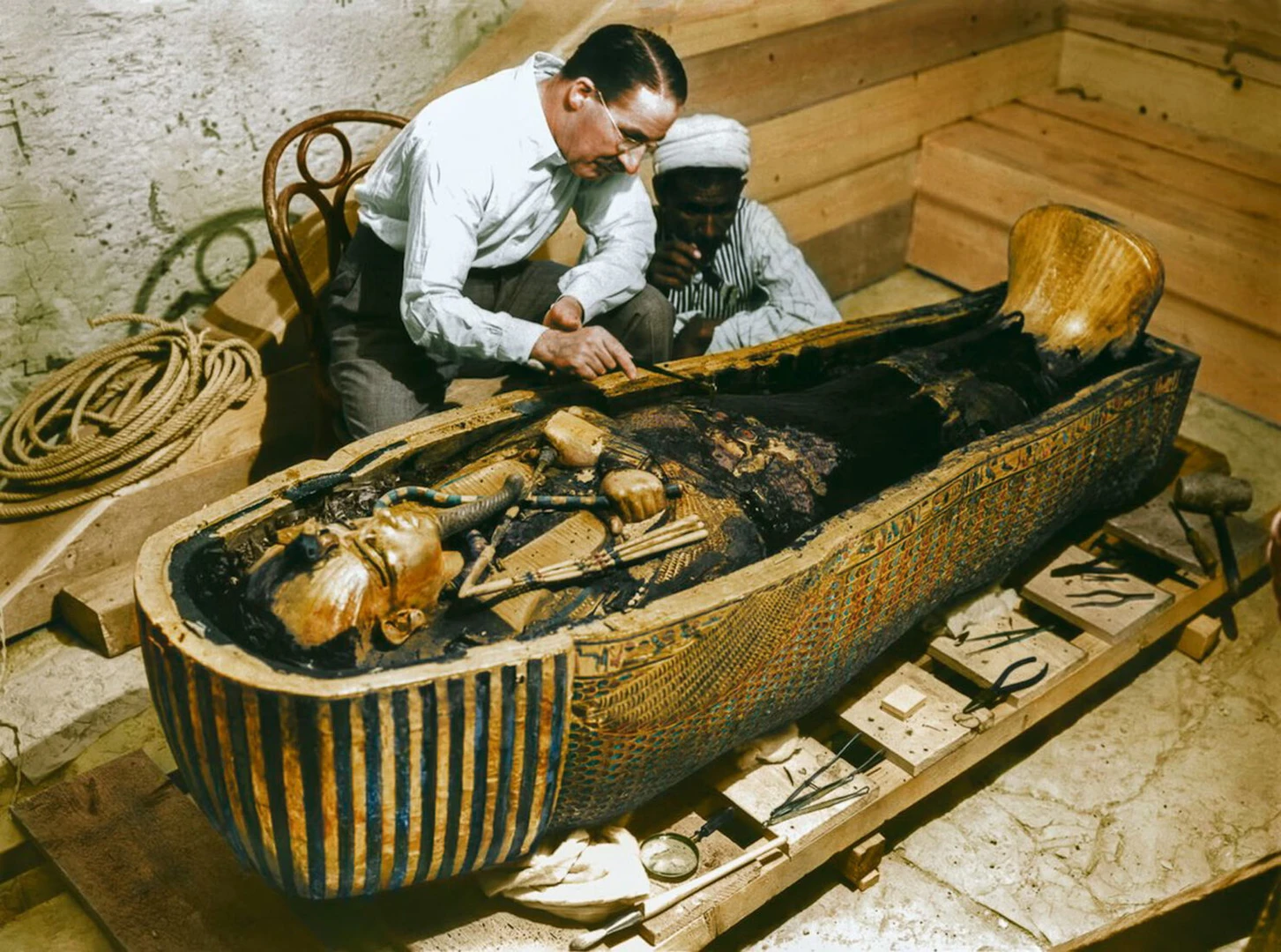
Known simply as mud trays or troughs, these items have been found in other funerary contexts but remained ambiguous in purpose. They were originally believed by Carter to be linked with nearby gold-covered wooden staves, which he thought were staff holders. However, a new interpretation suggests a deeper symbolism.
Rituals of rebirth: from Horus to Osiris
In ancient Egyptian belief, the pharaoh was seen as the living image of Horus, the falcon-headed god, during life and became the god Osiris, ruler of the underworld, in death. This transformation was not automatic. It required a sequence of elaborate funerary rituals, many of which are still being deciphered.
The clay trays, made of mud from the Nile, may have symbolized fertility, regeneration, and rebirth. These are concepts strongly associated with Osiris, who was depicted with green or black skin to represent new life springing from the earth. Their simple appearance may highlight their power: unlike gold, mud was a substance that resonated with life-giving natural forces.
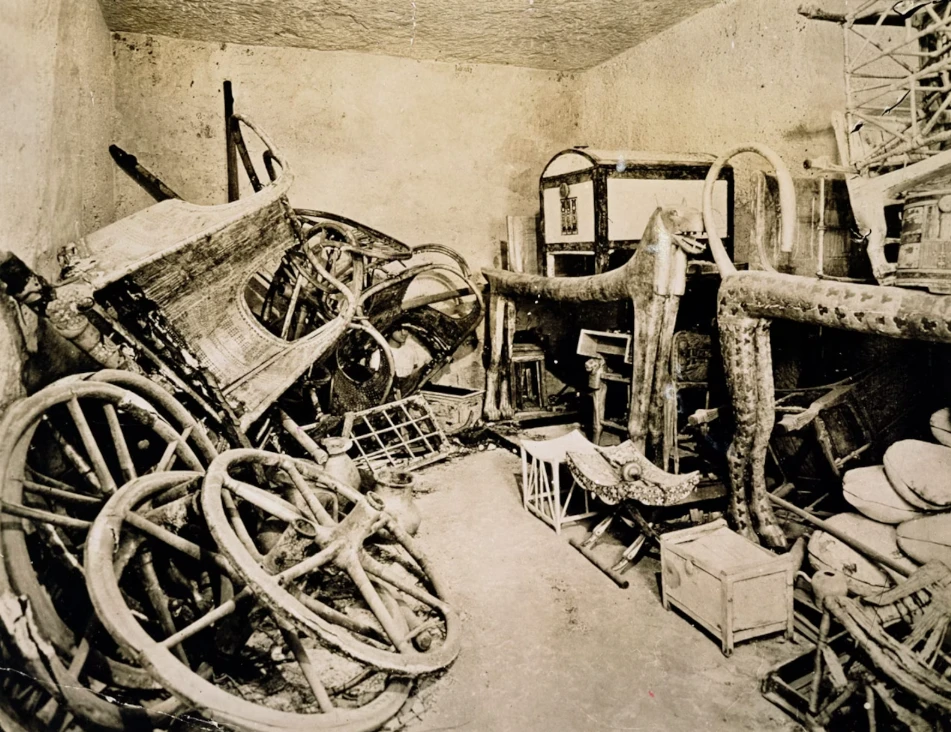
Reversing a revolution: restoring the old gods
Tutankhamun’s short reign came on the heels of one of ancient Egypt’s most radical religious revolutions. His father, Akhenaten, had upended centuries of tradition by elevating the solar disk Aten above all other gods and founding a new capital, Akhetaten. This move weakened the powerful Amun priesthood and centralized religious authority in the royal family.
When Akhenaten died, Tutankhamun reversed these reforms. He restored Thebes as Egypt’s capital and reinstated the traditional gods, especially Amun—at the heart of the state religion. He also changed his name from Tutankh-aten (“living image of Aten”) to Tutankhamun (“living image of Amun”).
A stone monument known as the Restoration Stela records his efforts to “repair what was ruined” and “repel disorder.” The trays may have been part of this ideological restoration, symbolically reconnecting Tutankhamun with ancient rites that ensured harmony between the divine, the natural world, and the state.
Sacred symbolism hidden in plain sight
The placement of the trays and staves on woven matting, alongside rich golden artifacts, further supports their significance. Their orientation and positioning align with other symbols in the tomb thought to invoke divine protection and resurrection.
Some researchers now believe the trays may have held water from the Nile or acted as offering platforms, once again linking the king’s resurrection to the river that sustained all life in Egypt.
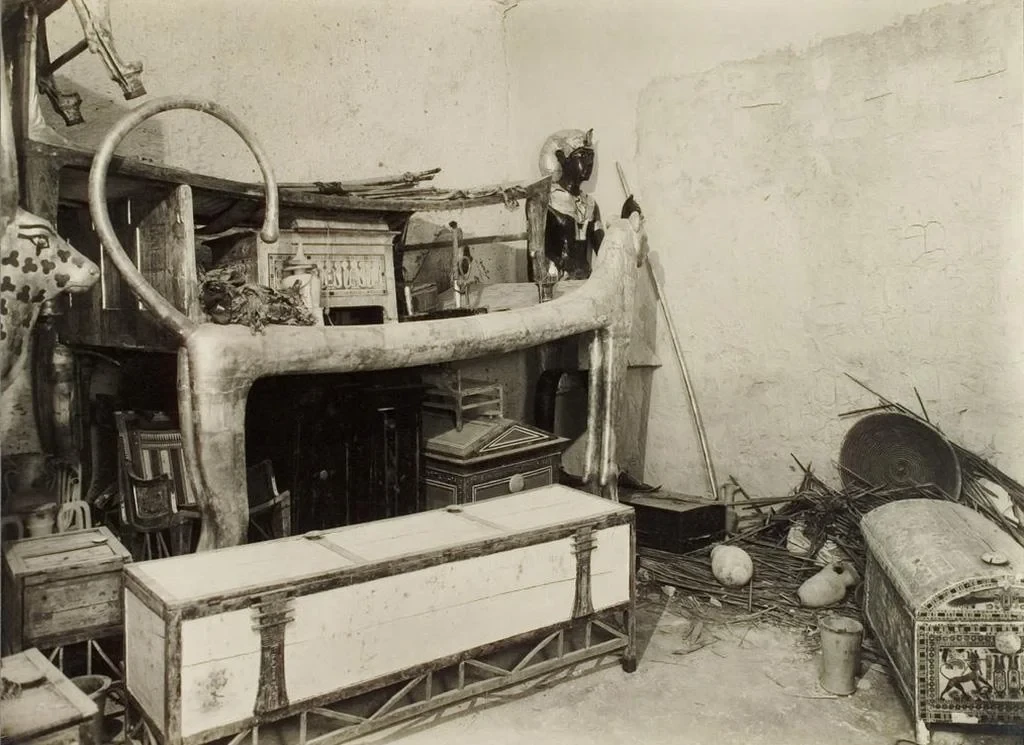
Beyond gold: the value of the overlooked
Tutankhamun’s golden mask and bejeweled treasures have long stolen the spotlight. But these ordinary-looking items—clay trays shaped by hand, not by royal artisans—may be some of the most meaningful.
They tell a story not just of a king, but of a society trying to re-anchor itself after a time of chaos.

